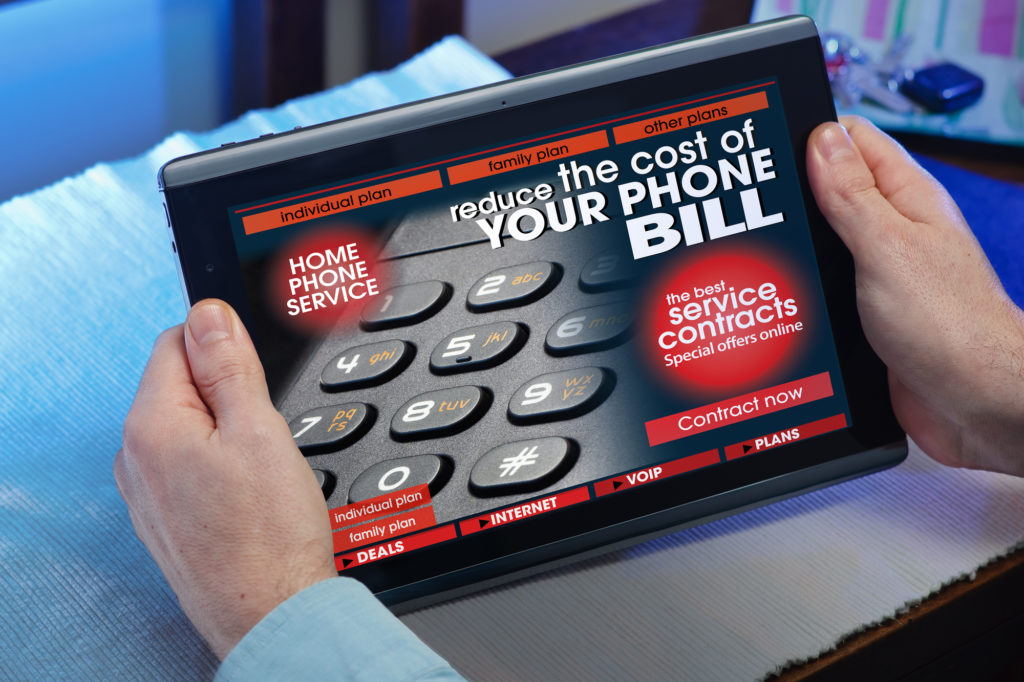(248) 817-4660
FIBER OPTIC CABLING TROY CITY BUSINESS PHONE SYSTEMS

- Immunity to Electromagnetic Interference (EMI): Fiber optic cables are immune to electromagnetic interference, providing a stable and secure communication environment. This immunity makes them ideal for use in areas with high electromagnetic fields, such as industrial settings or data centers.
Security: Fiber optic communication is highly secure as it is difficult to tap into the signal without physically accessing the cable. This makes fiber optic cabling a preferred choice for transmitting sensitive and confidential data, ensuring the privacy and integrity of communications.
Lightweight and Compact: Fiber optic cables are lightweight and have a smaller diameter compared to traditional copper cables. This feature not only makes them easier to install but also allows for higher cable density in confined spaces, optimizing the use of available infrastructure.
Durability: Fiber optic cables are resistant to environmental factors such as moisture, temperature fluctuations, and corrosive substances. This durability ensures reliable performance in a variety of conditions, making fiber optics suitable for both indoor and outdoor applications.
Future-Proof Technology: As technology continues to advance, fiber optic cabling provides a future-proof solution that can accommodate increasing data demands. Upgrading to higher data rates can often be achieved by simply updating the active equipment while keeping the existing fiber infrastructure intact.
Fiber Optic Cabling, Install, Repair, & Maintenance, Service Troy City
At the core of Troy City, where technological excellence converges with thriving businesses, Troy City Business Phone Systems proudly introduces a compelling synergy of Fiber Optic Cabling and cutting-edge Business Phone Systems. As your trusted technology partner, we seamlessly integrate high-speed data transmission with advanced communication solutions, propelling your business into the future. Our commitment is to furnish the robust infrastructure essential for businesses in Troy City to flourish in the ever-evolving landscape of communication technology.
Two industry standards for Fiber Optic Cabling:
Single-mode Fiber Optic Cabling (100BaseBX Standard):
Single-mode fiber optic cabling, adhering to the 100BaseBX standard, is designed for high-performance and long-distance data transmission. This type of cabling utilizes a single strand of optical fiber to carry signals, allowing for a single mode of light to propagate. With a narrower core diameter, single-mode fiber minimizes light dispersion and signal loss, enabling data transmission over much greater distances compared to multimode fibers. The 100BaseBX standard ensures reliable and fast data transfer, making single-mode fiber optic cabling an optimal choice for applications requiring high bandwidth and extended reach, such as long-distance telecommunications and data center interconnectivity.
Multimode Fiber Optic Cabling (100BaseSX Standard):
Multimode fiber optic cabling, compliant with the 100BaseSX standard, is well-suited for short to moderate-distance data transmission within high-bandwidth networking environments. This type of cabling employs multiple paths, or modes, for light to travel through the optical fiber. With a larger core diameter compared to single-mode fibers, multimode fiber facilitates the transmission of multiple signals concurrently, supporting applications with high data rates over shorter distances. The 100BaseSX standard ensures seamless compatibility with networking technologies, making multimode fiber optic cabling an efficient choice for local area networks (LANs), campus networks, and other settings where high-speed data transfer is essential within a confined spatial range.
Why Fiber Optic Cabling?
Fiber optic cabling has become the backbone of modern communication infrastructure, and its widespread adoption is driven by several key advantages:
High Bandwidth: Fiber optic cables offer exceptionally high bandwidth, allowing for the transmission of large amounts of data at incredibly fast speeds. This high bandwidth is crucial for supporting modern applications, including high-definition video streaming, cloud computing, and data-intensive business operations.
Low Signal Loss: Unlike traditional copper cables, fiber optic cables experience minimal signal loss over long distances. This property makes fiber optics ideal for applications requiring data transmission over extensive networks, such as telecommunications and internet services.
Long Transmission Distances: Fiber optic cables can transmit data over much longer distances without significant degradation of the signal. This characteristic makes them suitable for applications that require connectivity across cities, countries, or even continents.